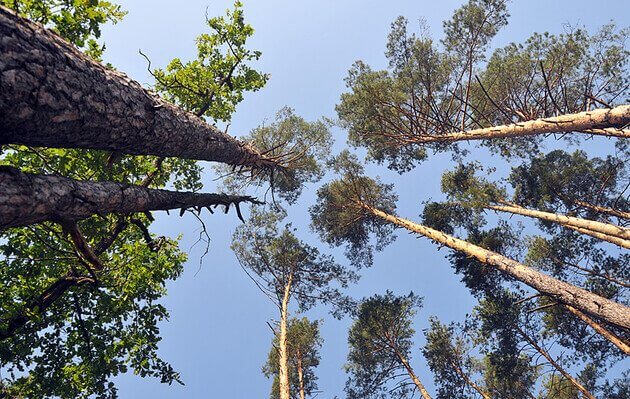
Forensic botanists at the University of Tennessee have proposed a way that trees and shrubs can be used to locate the bodies of people who have disappeared in the forest.
They note that the decaying body changes the chemical and microbiological composition of the soil, which can be tracked through spectral analysis of plant leaves, reports N + 1.
People often disappear in the forest, in order to find them, as a rule, they comb the area and use aerial photography. But the dense canopy of trees and shrubs complicates this task.
Now forensic botanists have suggested using markers on trees and shrubs that can point to the body that lies beneath them. Scientists note that the decaying body has a serious impact on the environment in an area of about three square meters. In particular, the chemical composition of the soil and local communities of bacteria are transformed around it.
Changes in trees and shrubs whose roots are near the body are especially noticeable. The authors illustrate this with the example of one chemical element – nitrogen. The average person’s body contains 2.6 kilograms of nitrogen, which, when decomposed, turns into ammonium.
Calculations show that the concentration of this compound in the soil around the body will increase 50 times relative to the norm.
As a result of additional feeding, plants will be able to produce more chlorophyll, which will be reflected in the color of their leaves. These and other changes can be identified using spectral analysis of the leaves.
According to the latest data, tectonic forces beneath mountains, rather than weather conditions or surface erosion, may be key factors in how high a mountain will be.








